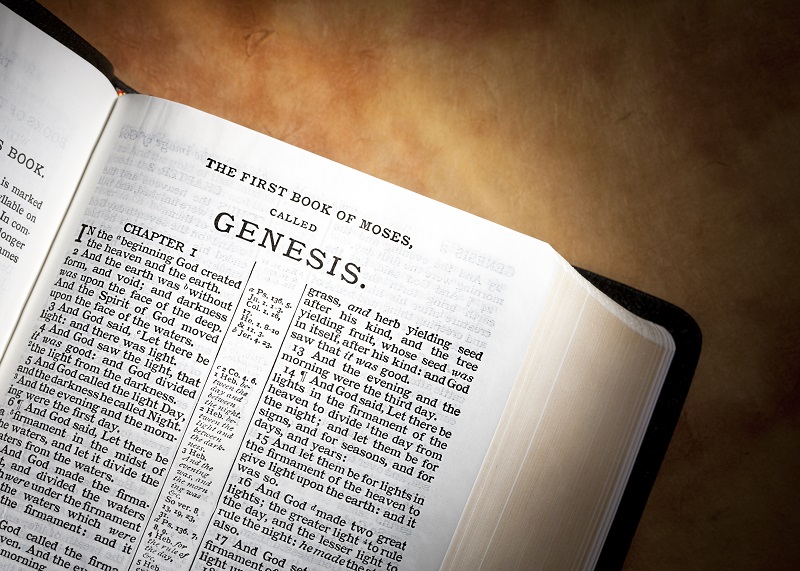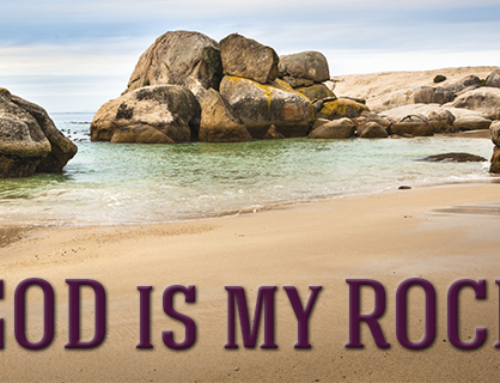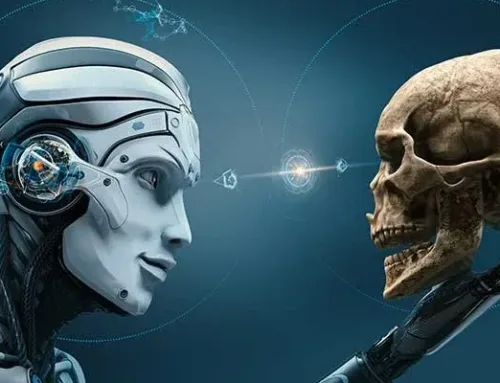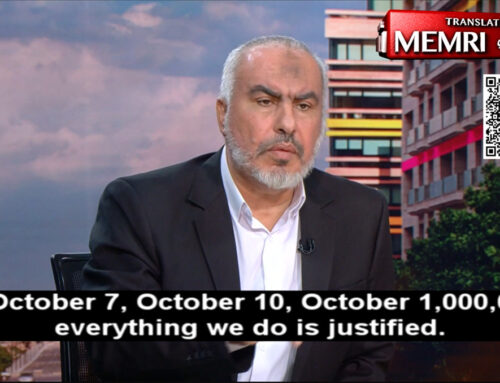The Holy Spirit and the Big Picture
Monday, April 27, 2020
By Dr. Matt Ayars
Reprinted from: American Family Association
The Holy Spirit and the Big Picture Part 1: Covenant, Atonement, and Tabernacle
In this post, we said that while God’s presence pervades the cosmos (immanence), He also reveals Himself in special ways within the creation. In this post, we will see that from the very beginning, God’s plan was to fill the entire creation with his glory and that this was to happen ultimately through humanity—His image-bearing co-regents over the creation. This plan, however, is thwarted in Adam and Eve’s rebellion in Genesis 3. In rebelling against God, Adam and Eve exchange the reign of God’s abundant life for the reign of sin and death. In response to their rebellion, God launches a creation-rescue plan in order to get his filling-the-earth-with-his-glory mission back on track. God also chooses Abraham and his family (the nation of Israel) as the people through whom He will carry out that plan. We will see how the tabernacle (and its later articulation in the temple) and the Law, when understood in light of the larger biblical narrative, are missional. Lastly, we will see that Israel is not faithful to the Law, which results in two things: (1) Israel’s exile, and (2) God’s mission to fill the earth with His glory is frustrated once again (just like in the Garden of Eden). All of this is in preparation for the coming of Jesus and subsequently the Holy Spirit at Pentecost.
Revelation and Christian Worldview: The Basis of Everything
All cultures find ways to explain the bigger questions of human existence. Most of the time, people invent stories that answer the axiomatic questions that orient us in life such as, (1) Why are we here? (2) Where are we? (3) Where did we come from? (4) What’s the problem? And (5) what’s the solution? The answers to these questions are what constitutes a human worldview. Worldview, then, is essentially the comprehensive way in which people make sense of life. It’s the way we organize and relate to reality.
For Christians, it is the Bible—unique, divine revelation—that is the basis of the Judeo-Christian worldview. The book of Genesis in particular answers many of the fundamental questions relating to the worldview. Genesis reveals where we’re from, the problem of the world, and God’s intentions to fix the problem. In sum, Genesis explains why we’re here, what’s wrong with the world, and God’s plan to rescue it. In fact, the word “genesis” itself means “origins” precisely because the book of Genesis is God’s story of the origins of the creation, humanity, sin, Israel (in Abraham and the patriarchs), and the origins of God’s creation-rescue plan. Genesis provides the broader framework that lends explanatory power over the broader human existence.
God’s Mission in Genesis 1: Forming and Filling
In Genesis 1, the order of the creation is anything but random. When God creates, He is calculating, methodical, and organized about the particular order in which He creates; each day is a preparation for the next.
More specifically, there is a forming and filling pattern between days 1–3, and then days 4–6. In the first three days, God forms, and in the last three days, He fills (see Table 1). For example, on day 1 God forms the light. Then on day 4 (day 1’s corresponding “filling day”), God creates the luminaries (sun, moon, and stars) as the “inhabitants” of the light. We can see this pattern fleshed out with each forming day with its corresponding filling day in Table 1.
Table 1: Forming and Filling the Creation
| Days of Forming/Habitations | Days of Filling/Inhabitants | ||
| Day 1 | Light | Day 4 | Sun, moon, and stars |
| Day 2 | Firmament (space above and waters below) | Day 5 | Birds and fish |
| Day 3 | Dry Land | Day 6 | Humanity and land animals |
This forming and filling pattern makes one thing clear: that the creation was intended to be God’s temple; that God’s original plan for the creation was to not only form it from chaos but to take up residence in it. The creation is the original temple. As Beale and Gladd put it, “Genesis 1–2 portrays God creating an all-encompassing cosmic temple wherein he sovereignly rules.
God’s forming and filling come to a climax in Genesis 1:26 when God creates humanity in the divine image. The divine image in humanity is God’s signature piece on the creation. God, as the masterful artist, created the world. And, at the very end of the creation project, He put his signature on it by creating humanity. Undoubtedly, everything in the creation points to God (Ps. 19), but humanity, in particular, is the preeminent reflection of who God is. Humans embody His distinct fingerprint. The idea behind the image of God is that if you want to know who created all of this, take a look at humanity and you’ll get an idea. At least that was the way it was supposed to be.
God doesn’t only create humanity in his image, He also commands Adam and Eve to (1) be fruitful and multiply, and (2) reign over the creation (cf. Ps 8:4–6). This means that God wants his image-bearing co-regents to carry his likeness to the ends of the earth, thereby filling the entire world with God’s glory. This means that Adam and Eve were the walking, breathing, talking testimony of the loving, honest, faithful, compassionate, and caring character of the Trinity. God is self-giving, and humanity was to embody that very self-giving character everywhere in the world. Christopher Wright says,
It is not that having dominion is what constitutes the image of God, but rather that exercising dominion in what is being made in God’s image enables and entitles us to do so. We, humans, have a mission on earth because God had a purpose in putting us on it.
The Work of the Holy Spirit and Salvation: It’s Not About Us
K. Beale states,
[W]e may assume that God created the cosmos to be his great temple in which he rested after his creative work. Nevertheless, his special revelatory presence does not fill the entire earth yet, since it was his intention that this goal is achieved by his human vice-regent, whom he installed in the garden sanctuary to extend the garden boundaries of God’s presence worldwide.
It’s imperative that we pause precisely at this point and state that the importance of the mission of humanity to fill the creation with God’s glory cannot be overestimated. If we miss this point then we miss not only the role and function of the Holy Spirit within the bigger picture of salvation, but we also miss what salvation is all about. When we don’t account for humanity’s vocation within God’s creation project, we fall into the trap of thinking that salvation is all about us; we make the miss-step of believing that salvation is nothing more than the forgiveness of sins so that we can go to heaven when we die. This isn’t what God’s epic creation rescue story is about.
The story is about his image-bearers glorifying him to the ends of the earth. As we’ll see later, salvation, as applied by the Holy Spirit, is all about getting God’s mission back on track; it’s about regenerating the image of God in people so that can effectively witness to the goodness of the Creator as God always intended.







Leave a Reply, please --- thank you.